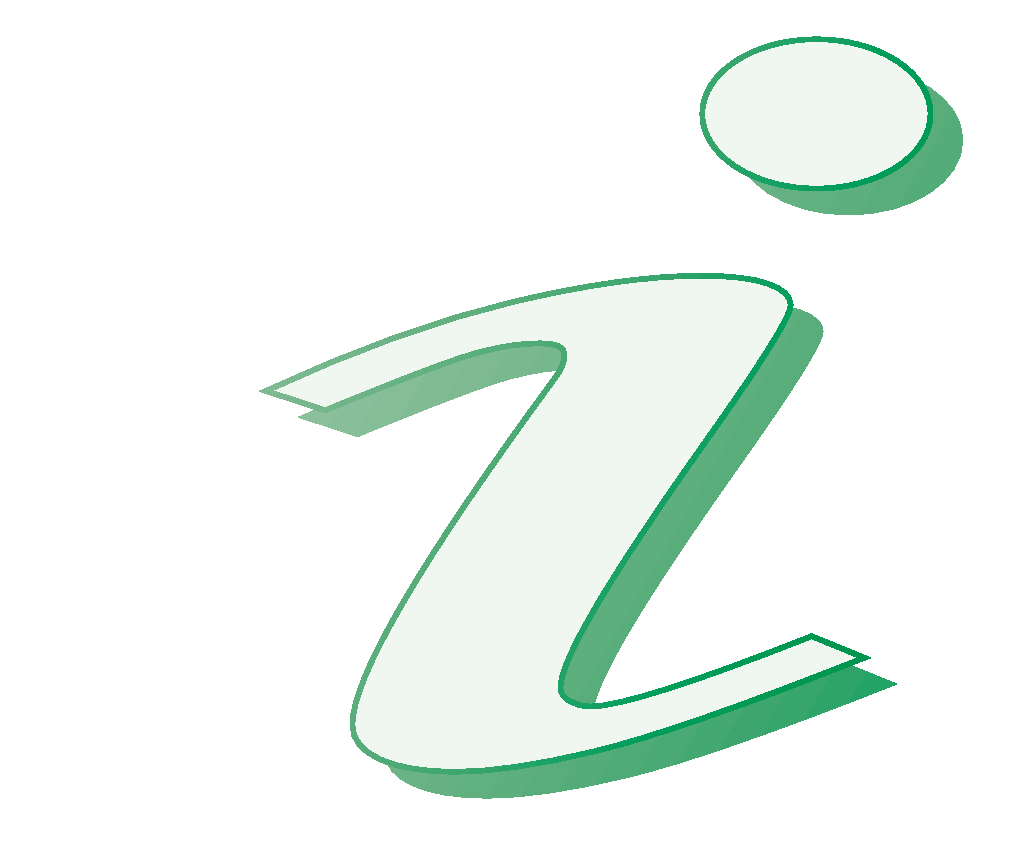Table of contents
Rolling elements
Rolling elements
Rolling elements:
- are the connecting elements and contact elements between the stationary and the moving part of a rolling bearing
- essentially determine, due to their geometrical form, the characteristics of the rolling bearing and the bearing type
- are in contact – depending on their shape – with the raceways by means of point contact or line contact ➤ Figure
- are available as steel balls, cylindrical rollers and needle rollers
- steel balls are used where moderate to high speeds occur and moderate to high axial forces and radial forces must be supported
- cylindrical rollers are used where bearing arrangements are subjected to radial and axial load
- needle rollers are particularly suitable where the radial design envelope is restricted and the radial loads are lower than those in bearing arrangements with cylindrical rollers
- are used in the design of compact bearing arrangements with very high load carrying capacity with a full complement of balls, rollers or needle rollers ➤ Figure
|
Point or line contact Q = rolling element load
|
 |
Product design
Always enquire about the possible supply of rolling elements
The description of the rolling elements in this chapter gives information about the fundamental characteristics and designs of the products.
A specific enquiry must always be placed on Schaeffler regarding the sale and possible supply of loose rolling elements for a specific application.
Steel balls
Basic elements of ball bearings
Steel balls are made from through-hardened rolling bearing steel in accordance with DIN EN ISO 683-17 and are the basic elements of ball bearings ➤ Figure.
|
Steel balls Fr = radial load Fa = axial load
|
 |
Available grades
Balls are available in the grades G10, G16, G20. The largest and smallest deviation and the geometrical tolerance are defined as a function of the diameter Dw.
Sorting by ball sorts and preferred sort pairs
Balls manufactured under identical conditions (known as batches) are sorted within a class into ball sorts with a very small diameter tolerance according to the mean batch diameter DwmL. Each sort is packed separately and the mean deviation is marked on the packaging. One pack contains balls of one sort only. In a delivery of balls of the same nominal dimension and class comprising several packs, the sort may differ from one pack to another. Preferred sort range of grades G10 to G20: +6 to –6.
Designation of sorts
The designation of the ball sort (N, P or M) is printed on the packaging:
- N for zero
- P for a positive value (stating the value)
- M for a negative value (stating the value)
Balls of only one sort should always be used in one bearing arrangement.
By agreement, balls made from other materials, such as special steels or ceramic, can be supplied.
Areas of application
Balls are used:
- in rolling bearings where moderate to high speeds occur and moderate to high axial forces and radial forces must be supported, for example in deep groove ball bearings, slewing rings, rotor bearings and linear guidance systems ➤ Figure
- for standard applications
- where the bearing position is required to operate with little noise
Cylindrical rollers
Basic elements of cylindrical roller bearings
Cylindrical rollers are made from through-hardened rolling bearing steel in accordance with DIN EN ISO 683-17 and are the basic elements of cylindrical roller bearings ➤ Figure. The profile has a logarithmic curve. In conjunction with the profiling of the raceways, this prevents edge stresses.
|
Cylindrical rollers Fr = radial load Fa = axial load
|
 |
Sorting by sorts
Cylindrical rollers are divided into sorts with very small diameter and length tolerances. The sorting is indicated on the packaging. One pack contains cylindrical rollers of one sort only. In a delivery comprising several packs, the sort may differ from one pack to another.
Designation of sorts
The designation of the sort (0, + or –) is printed on the packaging:
- 0 for zero
- + for a positive value (stating the value)
- – for a negative value (stating the value)
Cylindrical rollers of only one sort should always be used in one bearing arrangement.
For available sizes and possible special designs, please enquire with Schaeffler.
Areas of application
Cylindrical rollers are used:
- where bearing arrangements are subjected to very high radial loads ➤ Figure. In the case of a bearing arrangement under combined load (axial/radial), the transmission of moderate axial forces is possible taking account of the adjacent construction; axial load carrying capacity of cylindrical roller bearings ➤ section
- in the automotive industry as well as in machine and gearbox building
- in linear guidance systems
Needle rollers
Basic elements of needle roller bearings
Needle rollers are made from through-hardened rolling bearing steel 100Cr6 in accordance with DIN EN ISO 683-17 and are the basic elements of needle roller bearings ➤ Figure. The needle rollers have profiled ends with flat end faces (end faces = type B). Due to this profiling, the outside surfaces have a curved transition to the ends. This reduces the edge stresses at the ends of the rolling elements. Needle rollers can only support radial loads.
|
Needle rollers Fr = radial load
|
 |
Sorting by sorts
Needle rollers are divided into sorts with very small diameter tolerances. The sorting is indicated on the packaging. One pack contains needle rollers of one sort only. In a delivery comprising several packs, the sort may differ from one pack to another.
Needle rollers of only one sort should always be used in one bearing arrangement.
For available sizes and possible special designs, please enquire with Schaeffler.
Areas of application
Needle rollers are used:
-
for full complement needle roller bearing arrangements subjected to radial load (where the loads are not as high as those on cylindrical roller bearings)
Dimensions, tolerances
Steel balls
The dimensional and geometrical tolerances of steel balls correspond to DIN 5401/ISO 3290-1.
Cylindrical rollers
The standard grade of cylindrical rollers corresponds to GN in accordance with DIN 5402-1. The design of chamfer dimensions, length tolerances and diameter tolerances of cylindrical rollers is based on DIN 5402-1.
Needle rollers
The dimensional and geometrical accuracy of needle rollers corresponds to DIN 5402-3/ISO 3096.
Design of bearing arrangements
Design of full complement ball, roller and needle roller bearing arrangements
The rolling elements can be used in the design of full complement ball, roller and needle roller bearing arrangements ➤ Figure. Since these bearing arrangements completely fill the design envelope with rolling elements, they are particularly compact and have high load carrying capacity and high rigidity. Due to the kinematic conditions in the bearing, however, the speed suitability of such bearing arrangements is not as high as that of comparable bearings with cages. The rolling elements described here allow bearing arrangements with high radial runout accuracy and an adjustable internal clearance (depending on the geometrically accurate design of the raceways).
Areas of application
Such bearing arrangements are used in preference:
- in bearing positions with swivel motions
- where high to very high loads occur
- where only a small design envelope is available
Bearing arrangements with a full complement of balls, rollers or needle rollers require a raceway on the shaft and in the housing that is hardened and ground (which can be used as a rolling element raceway). Bearing arrangements with needle rollers can only be subjected to radial load ➤ link.
For information on the design of bearing arrangements and the permissible speeds, please contact Schaeffler.
|
Full complement needle roller bearing arrangement Dw = rolling element diameter E = raceway diameter of housing bore F = raceway diameter of shaft TES = circumferential clearance Z = rolling element
|
 |






